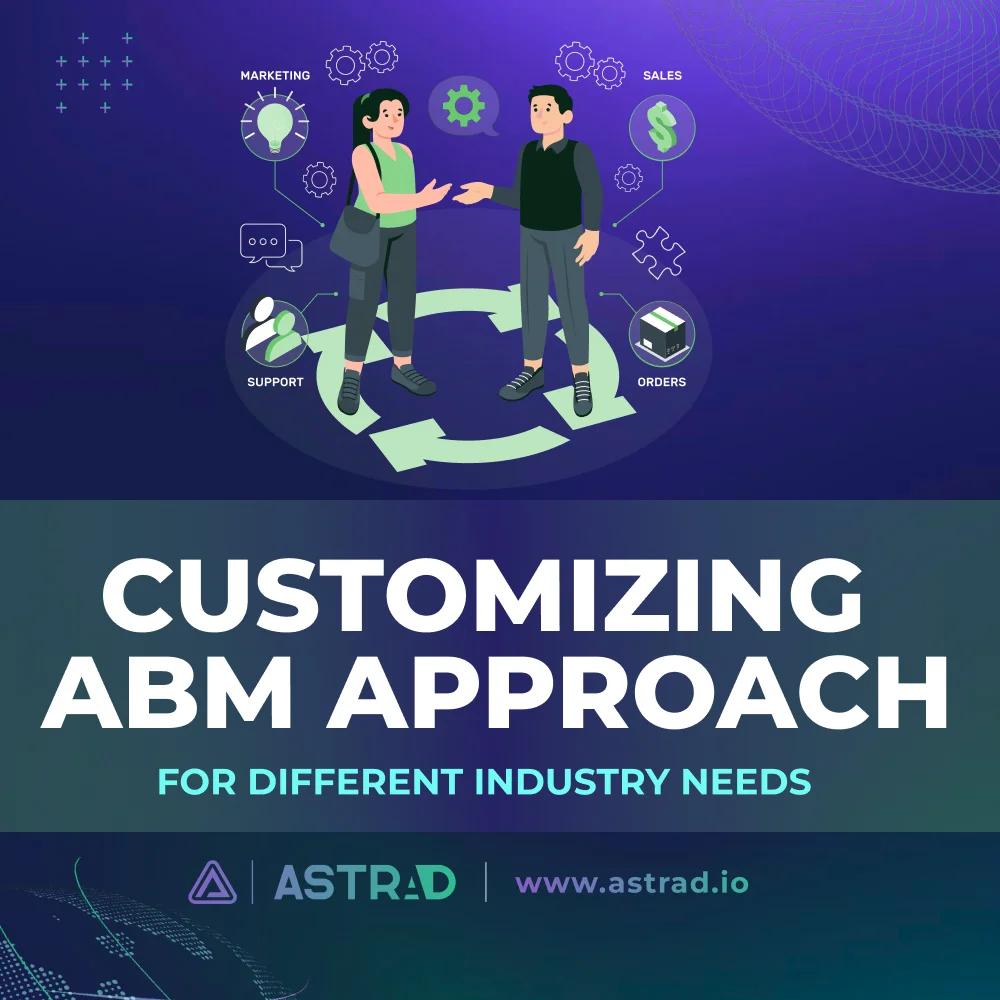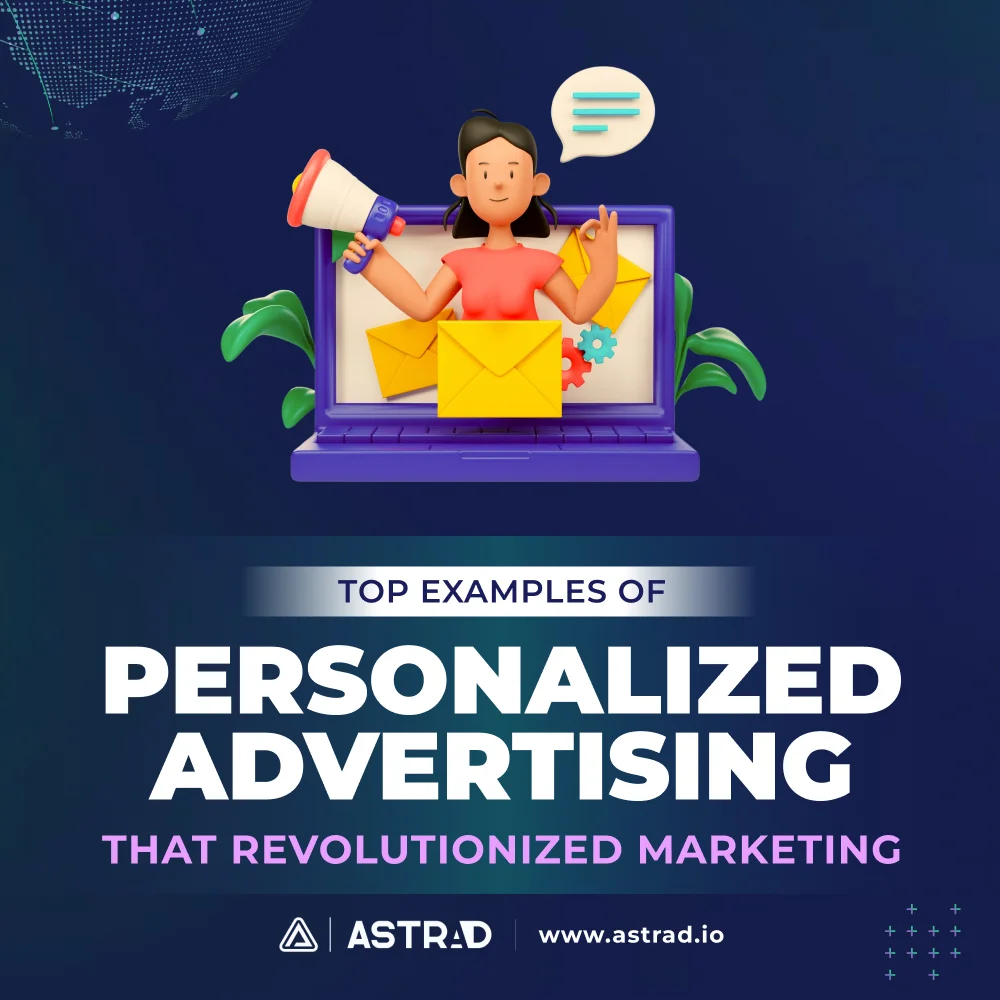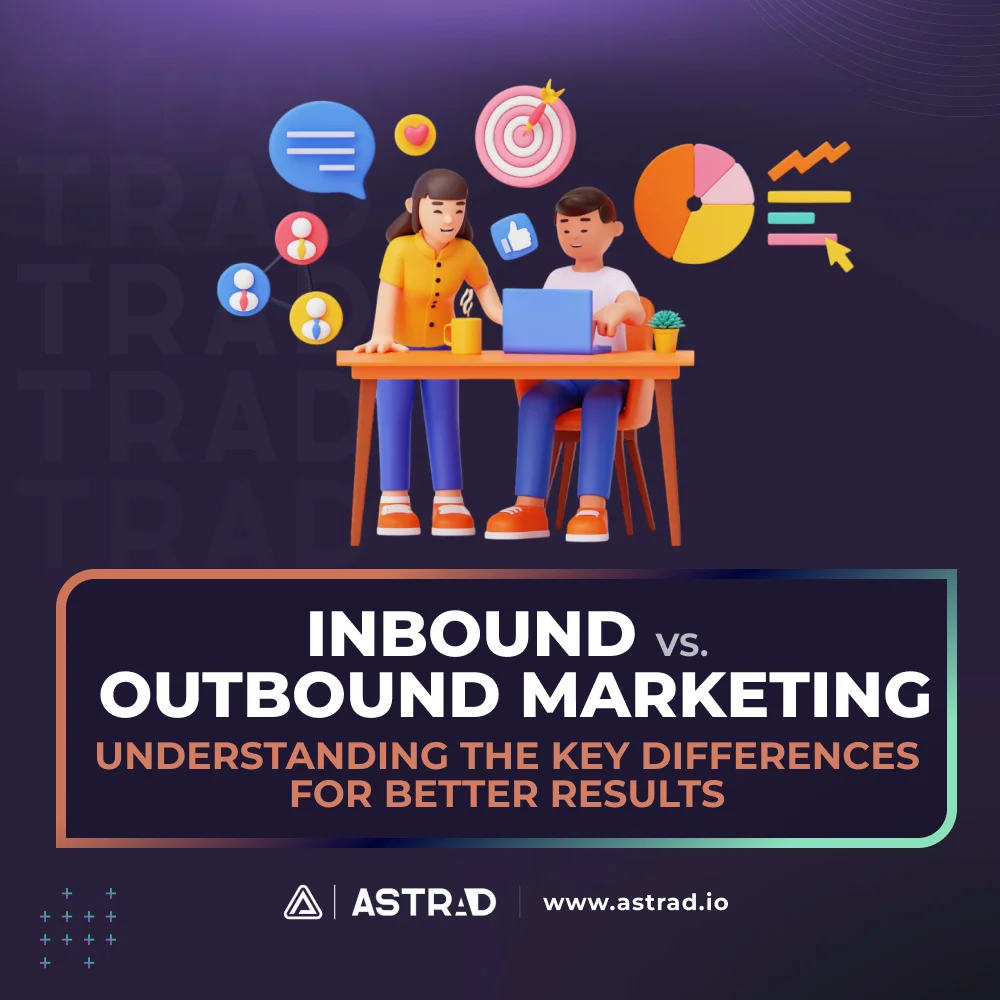Give ABM customization a try and watch your “engines” roar. This article is here to equip businesses with the scoop on Account-Based Marketing approaches across all industries. By understanding industry-specific nuances, you can craft targeted campaigns that resonate with your audience and achieve maximum impact.
Account-Based Marketing - ABM — A Look Inside
Account-Based Marketing (ABM) strategically targets high-value accounts. It personalizes outreach efforts to decision-makers within those accounts, fostering deeper relationships and accelerating sales cycles. With ever-increasing competition, ABM’s importance is undeniable. By focusing on quality over quantity, businesses can achieve significant ROI and gain a competitive edge.
A one-size-fits-all approach just doesn’t cut it in ABM. The beauty of this strategy lies in its adaptability. By understanding the unique challenges and buying processes within each industry, businesses can tailor their ABM approach. This means crafting targeted messaging that resonates with industry-specific pain points and showcases how your product or service addresses them.
Key Components of ABM
Account-Based Marketing (ABM) thrives on three key pillars. Let’s delve into each one:
Identifying High-Value Accounts
The foundation of ABM lies in selecting a targeted group of companies that hold significant growth potential for your business. You’ll need to analyze factors like industry fit, firmographics, and technographics to pinpoint the accounts that align perfectly with your ideal customer profile.
Personalized Engagement
ABM crafts outreach that resonates with each account’s specific needs and decision-makers. This involves personalized content, tailored webinars or events, and strategic social media interactions that demonstrate a deep understanding of their unique challenges.
Measuring Impact
Tracking the success of your ABM strategy is crucial. Key metrics include engagement rates, conversion rates, and customer lifetime value. This allows you to refine your approach and maximize ROI.
Adopting an ABM Approach Across Various Business Sectors
ABM in Tech and Software Industries
Challenges
- Rapidly Evolving Landscape: Keeping pace with new technologies and buyer trends requires constant adaptation.
- Multiple Decision Makers: Tech companies often have complex buying committees, requiring a multi-pronged approach.
- Short Attention Spans: Engaging decision-makers requires concise and impactful messaging.
Opportunities
- Targeted Content: Highlight case studies showcasing success in specific tech niches.
- Influencer Marketing: Partner with tech thought leaders to reach key decision-makers.
- Account-Based Events: Host exclusive webinars or workshops tailored to specific companies’ needs.
- Data-Driven Targeting: Leverage technographic data to identify companies using compatible technologies.
Strategies for Engaging Tech Decision Makers
- Focus on Value Proposition: Demonstrate how your solution solves their unique business problems.
- Highlight Innovation: Showcase the technical expertise behind your product and its cutting-edge features.
- Social Media Advocacy: Engage key decision-makers on relevant tech platforms with thought leadership content.
- Free Trials and Demos: Offer customized trials or demos personalized for the specific needs of the tech company.
ABM for Healthcare and Pharmaceutical Companies
These industries operate under a unique set of regulations and ethical considerations.
Unique Considerations
- HIPAA Compliance: All marketing efforts must strictly adhere to HIPAA regulations regarding patient data privacy.
- Multi-layered Decision-Making: Healthcare purchases often involve multiple stakeholders, including physicians, administrators, and procurement specialists.
- Ethical Marketing Practices: Marketing communication must be transparent evidence-based, and avoid misleading claims.
Tips for Building Trust and Demonstrating Value
- Focus on Patient Outcomes: Highlight clinical trial results and data that demonstrate how your product improves patient care.
- Partner with Credible Sources: Collaborate with healthcare professionals and institutions to endorse your product or service.
- Educational Content Marketing: Create educational content that addresses specific needs and challenges faced by healthcare providers.
ABM in Manufacturing and Industrial Markets
The world of manufacturing and industrial sectors thrives on complex supply chains and facilitates account penetration and expansion.
Complex Supply Chains
- Mapping Decision-Making: Identify key influencers and decision-makers within each account across different departments.
- Tailored Content: Develop content that addresses specific pain points and challenges faced by different stakeholders within the account.
- Joint Business Planning: Collaborate with key decision-makers to develop a joint business plan that outlines mutually beneficial goals and strategies.
Facilitating Account Penetration and Expansion
- Highlight Value Beyond Price: Focus on showcasing how your product or service improves efficiency, reduces costs, or enhances product quality, going beyond just price competition.
- Data-Driven Demonstrations: Utilize data and analytics to demonstrate the positive impact your solution will have on their specific operations.
- Success Stories and Testimonials: Highlight successful partnerships and case studies within similar industries to build trust and credibility.
- Long-Term Relationship Building: ABM emphasizes fostering long-term relationships through ongoing communication, joint problem-solving, and building trust.
ABM in Financial Services
Here’s a breakdown of the needs and challenges, as well as the strategies for using an ABM marketing approach in this sector:
Unique Needs and Challenges
- Risk-Averse Culture: Financial institutions are often risk-averse, requiring a data-driven approach to build trust and demonstrate the value proposition.
- Complex Decision-Making: Purchase decisions often involve multiple stakeholders with diverse needs.
- Compliance and Security Concerns: Strict regulations and data security are paramount, demanding a compliant and secure approach to marketing communication.
Strategies for Influencing Stakeholders
- Industry-Specific Content: Develop content that addresses specific needs.
- Data-Driven Case Studies: Showcase successful implementations of your solutions within similar financial institutions, emphasizing quantifiable results and ROI.
- Thought Leadership: Partner with industry experts to create thought leadership content that positions your company as a trusted advisor in the financial landscape.
- Targeted Events and Sponsorships: Participate in industry events and conferences to directly engage with key decision-makers and influencers.
Customizing ABM Content Across Industries
The magic of ABM lies in its adaptability. Generic content won’t resonate across industries. To truly connect, tailor your message. For healthcare, highlight patient outcomes. In finance, showcase data security and compliance. Tech companies crave innovation, while manufacturers might prioritize efficiency and cost savings. By understanding industry-specific challenges and crafting content that speaks directly to those needs, you’ll grab attention, build trust, and position yourself as the ideal solution.
The Importance of Industry-Specific Content in ABM Campaigns
Industry-specific content is the cornerstone of successful ABM campaigns. By tailoring content to address the unique challenges and priorities of each industry, you speak their language. Healthcare focuses on patient outcomes, finance emphasizes security, and tech innovates.
This targeted approach demonstrates a deep understanding of their needs, fostering trust and setting you apart from competitors. Industry-specific content is the key to unlocking engagement, building relationships, and ultimately driving success in your ABM efforts.
Issues of ABM Implementation and How to Overcome Them
Here are some common barriers and strategies to overcome them:
Misalignment Between Sales and Marketing
- Challenge: Silos between these teams can lead to conflicting messaging and missed opportunities.
- Solution: Foster collaboration. Establish clear goals, share data and insights, and create a joint sales and marketing playbook for targeted accounts.
Inadequate Data Quality and Access
- Challenge: Inaccurate or incomplete data hampers targeting efforts and personalization.
- Solution: Clean and enrich existing data and ensure seamless data flow between marketing and sales tools.
Difficulty in Content Personalization
- Challenge: Creating truly personalized content at scale can be resource-intensive.
- Solution: Utilize dynamic content templates that adapt based on account data. Prioritize high-impact content tailored to specific industry challenges.
Final Thoughts
In a fiercely competitive market, a generic marketing approach just won’t stand out. This is where Account-Based Marketing (ABM) comes in strong. By tailoring your ABM approach to the unique needs and challenges of each industry, you can craft messaging that resonates deeply with high-value accounts. Imagine speaking directly to a healthcare provider about patient outcomes or highlighting data security to a financial institution.
This level of customization fosters trust, sets you apart from competitors and drives success. Embrace the adaptability of ABM. As industries evolve, so too will ABM practices. Stay ahead of the curve by continuously analyzing data, incorporating new marketing technologies, and refining your approach to maximize the potential of this powerful strategy. The future of ABM is bright, and businesses that leverage its account-based approach are positioned to thrive.






